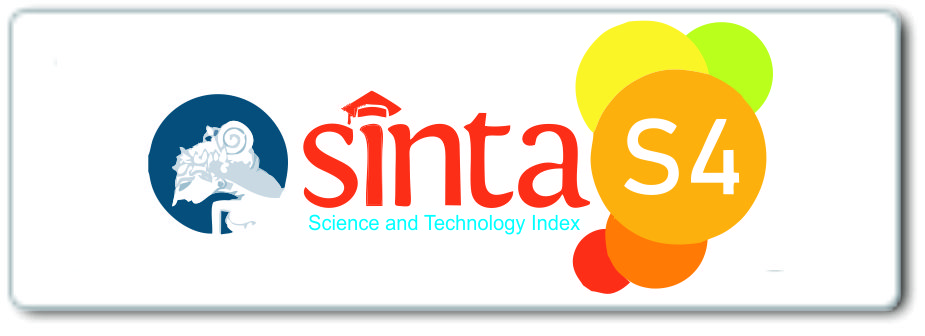Study of Microbending Loss Single Mode Optic Fiber in Sand Powder Against Pressure
DOI:
https://doi.org/10.32734/jotp.v3i1.5549Keywords:
Fiber optic, Single Mode Fiber Optic, Optical Fiber, Microbending Loss, MMDAbstract
Research has been carried out to further investigate specifically the effect of sand powder, both the size of the sand grains and the thickness of the sand powder on the photodetector output as an advanced study of the single-mode optical fiber microbending loss theory in sand grains to pressure. This was done to investigate the response of optical fibers due to microbending loss to the load and determine the size of the sand particles that are most effectively used as a compiler of load sensors. The principle works to test the response of load sensors based on single-mode fiber optic microbending loss in the form of photodetector output when given a large variety of pressure. The method used in this research is to observe the reduction in the intensity of the light transmitted through optical fibers in the form of a voltage drop that is read by MMD that is connected to the photodetector. The reduced light intensity shows that the load sensor experiences optical attenuation of the laser as a light source with a wavelength of 1550 nm and a power of 1.47 mW. Microbending loss is caused by mechanical pressure that can change the direction of optical signal transmission and the radius of the curve is equal to or less than the diameter of a bare optical fiber. Observations were made using 12 load sensors with variations in the size of the sand grains in each diameter of the hose. The results of this study obtained the size of the most effective grains of sand providing microscopic curvature in the optical fiber that is 0.05 mm in terms of the correlation between the response of sensors with various diameters to changes in pressure.
Downloads
Downloads
Published
Issue
Section
License
Copyright (c) 2021 Journal of Technomaterial Physics

This work is licensed under a Creative Commons Attribution-ShareAlike 4.0 International License.








